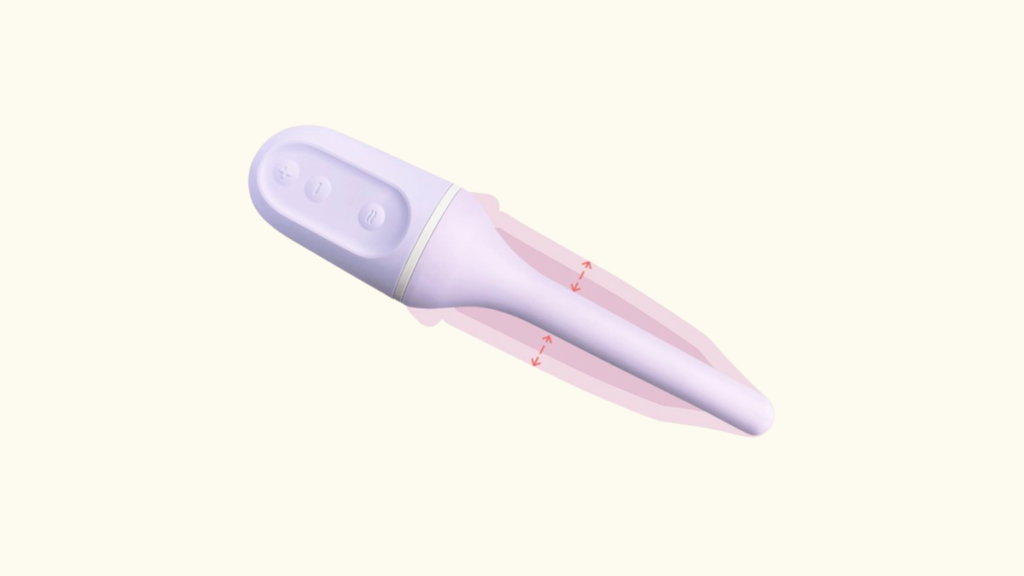
Materna Medical has announced the publication of clinical results in the International Urogynecology Journal. The study, titled “Effect of an intrapartum pelvic dilator device on levator ani muscle avulsion during primiparous vaginal delivery: A pilot randomized controlled trial,” highlights the safety and effectiveness of Materna’s Prep Device in reducing childbirth-related pelvic floor injuries in first-time mothers.
The study reports that the use of the Materna Prep Device significantly reduced the incidence of full levator ani muscle (LAM) avulsions during vaginal delivery. A LAM avulsion is a severe injury where pelvic floor muscles detach from the pelvic bone, potentially leading to substantial symptoms such as sexual, urinary, or fecal dysfunction.
“The current standard of care is to allow the pelvic floor muscles to stretch suddenly as the baby’s head passes through the birth canal, which leads to a full LAM avulsion about 15% of the time,” said Dr. Helai Hesham, urogynecologist and lead investigator at Columbia University Irving Medical Center. “Because these muscles hold the uterus, bladder, and rectum in place, when they are injured, the patient can experience significant symptoms.”
In the pilot study, patients were randomized to receive either a slow dilation of the pelvic floor muscles with the Materna Prep Device over approximately one hour during the first stage of labor or standard care with no intervention. The results were remarkable: none of the participants in the Materna Prep Device group experienced a full LAM avulsion, while the standard care group had a 10.9% rate of full LAM avulsion.
“Right now, there is no proven way to prevent this injury to the pelvic floor. We are hoping that by slowly pre-stretching the pelvic floor muscles before the start of pushing the baby out, we can significantly reduce the injuries that can lead to pelvic organ prolapse,” said Dr. Kara Rood, maternal-fetal medicine specialist and EASE investigator. “The Materna Prep Device is the first device aiming to prevent pelvic muscle injury, so we’re excited to be publishing these results.”
The positive outcomes from this pilot study have led to the enrollment of patients in a pivotal trial, supporting a marketing submission to the FDA.



